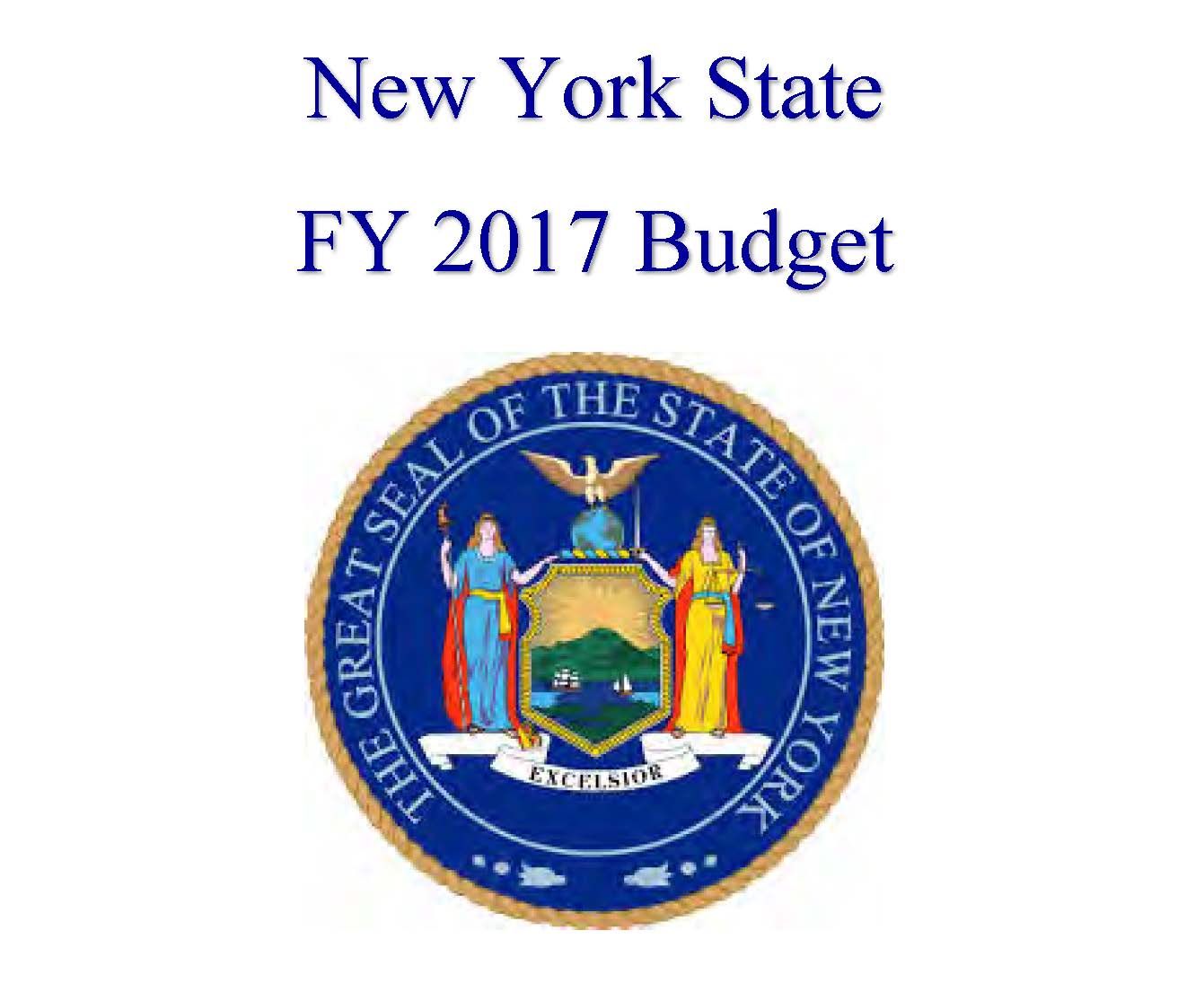New York State Leads Nation in Income Inequality
June 16, 2016. In Income inequality in the US by state, metropolitan area, and county, a new report published by the Economic Policy Institute (EPI) for the Economic Analysis and Research Network (EARN), Mark Price, an economist at the Keystone Research Center in Harrisburg, PA and Estelle Sommeiller, a socio-economist at the Institute for Research in Economic and Social Sciences in Greater Paris, France detail the incomes of the top 1 percent and the bottom 99 percent by state, metropolitan area, and county. “Great income [...]

